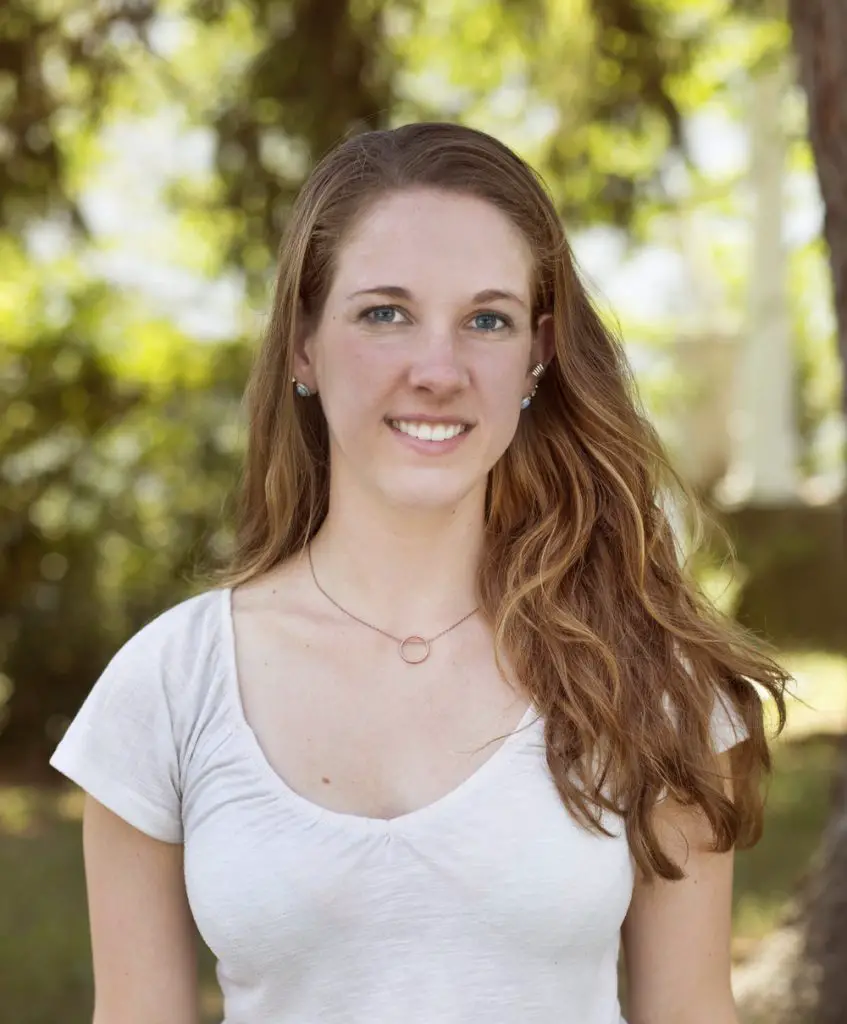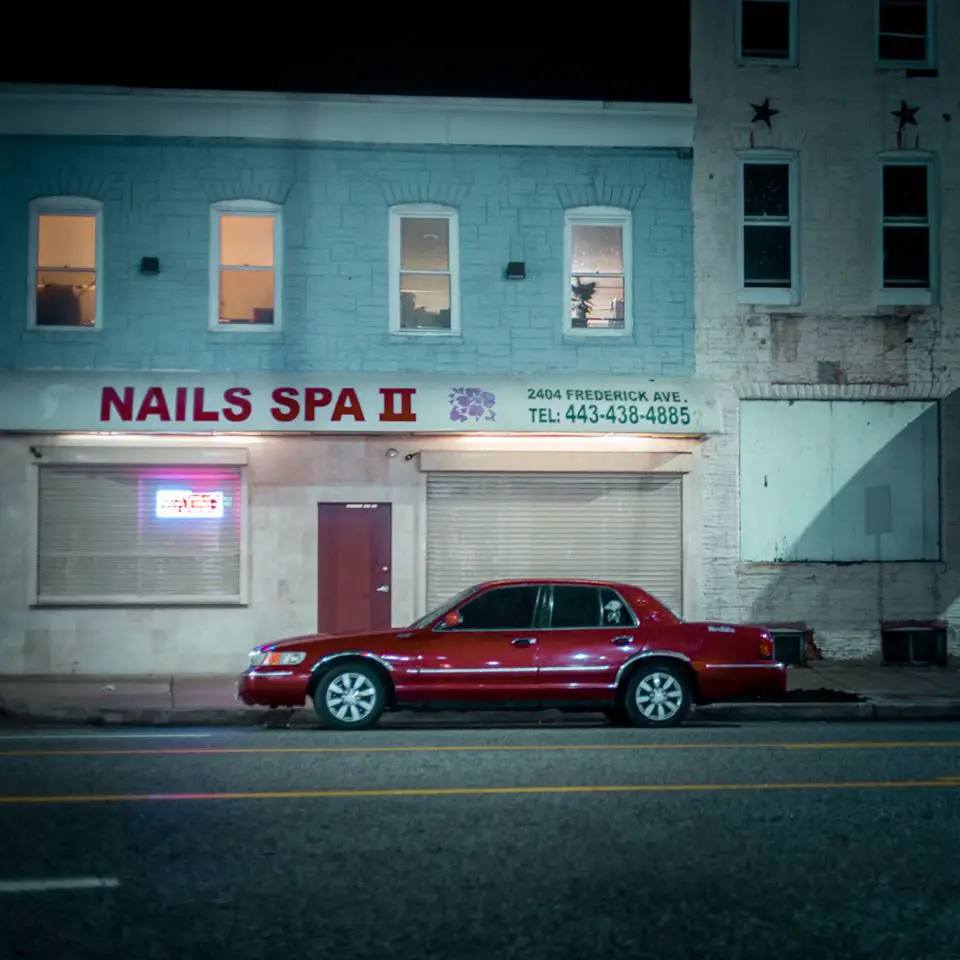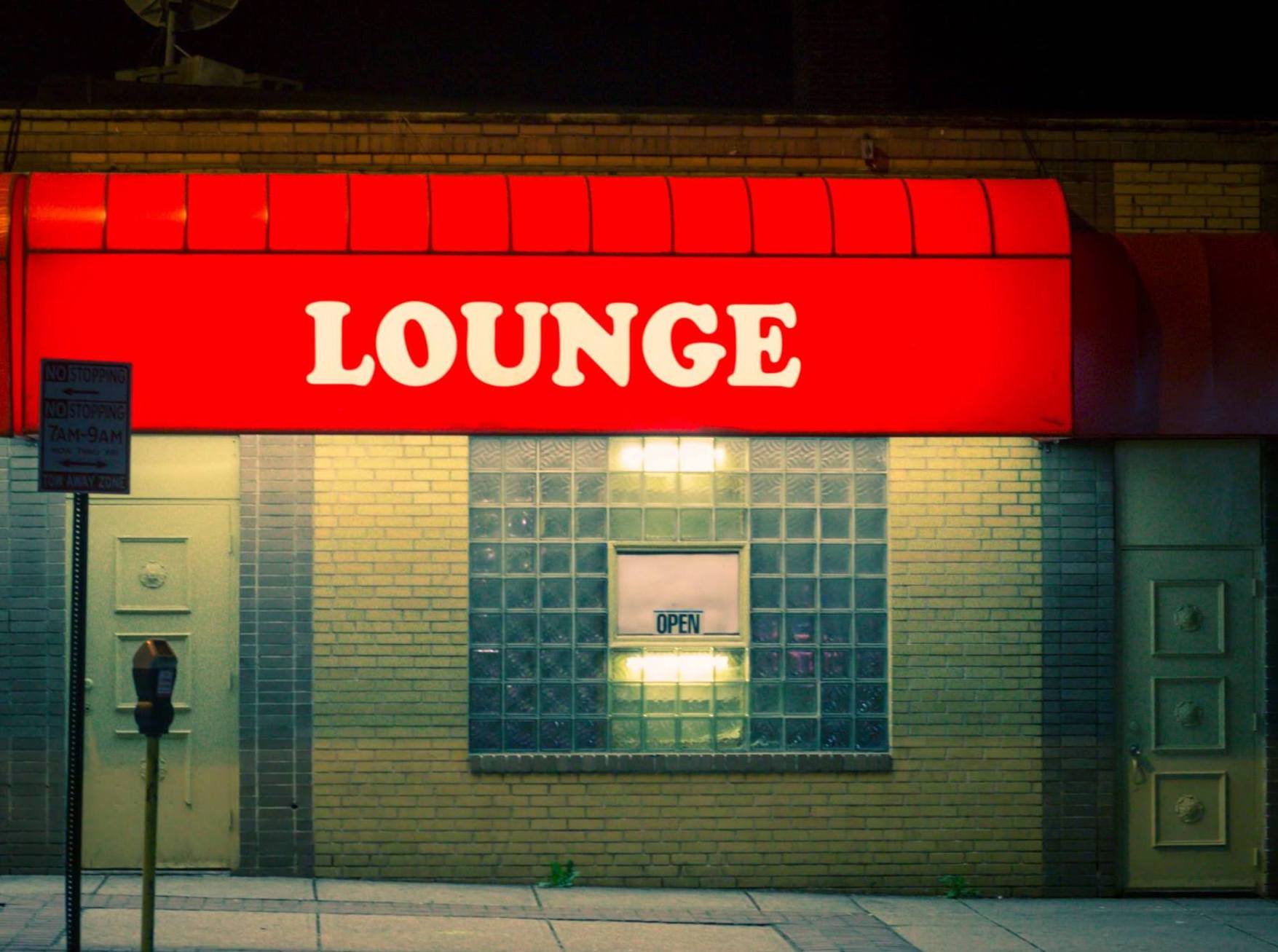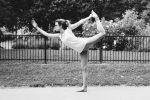Amy Berbert is a graduating senior at the University of Maryland, Baltimore County whose latest photography project is entitled “Remembering Stains on the Sidewalk.”
The work is a portfolio in which Berbert displays photographs she took of 2016 Baltimore homicide scenes, where, exactly one year later, down to the exact minute, Berbert has taken a shot of the scene of the crime. For her, this is a way to remember the lives of the people who were killed, as well as call attention to the alarming amount of homicide in the Baltimore metropolitan area. I was able to talk to the photographer about her work and the inspiration for her intrepid recreation of such emotionally jarring events.

Phillip Bugajski: What interested you in undertaking this project?
Amy Berbert: During my freshman year of college, I worked with a mission trip centered in the Baltimore area, only about ten minutes away from campus. This was one of the most powerful experiences that I’ve had, and, through it, I realized that the serious issues people face are happening close to home, just in Baltimore City.
Then, in 2015, I heard a number—three hundred and forty-four. That was the number of homicides in the Baltimore area during the year of 2015. That year was the most homicides per capita in Baltimore’s history. I saw that homicide was not decreasing, but, in fact, was getting worse. I felt like I needed to do something about it, so I made some cinemographs at some of the locations of homicide in 2015. I took a still image and overlaid a video, so there is only one object moving in what looks like a still photo. These cinemographs were put in an exhibition in Rockville, where a lot of people expressed a positive response to them.
In the fall of 2016, I started an independent study with one of my professors for a similar project. I would record the deaths for the year of 2016 and take photos in 2017. Essentially, for the past year, I have been planning my life around other people’s deaths. This project has revealed a lot about the neighborhoods in Baltimore, and the issues that different people face.
PB: Is it fair to think of this project in terms of social activism?
AB: Yes, I would say it is a project about social activism and the issues in the Baltimore area. While art created for art’s sake can be fascinating to look at, I wanted my artwork to have more of a social purpose.
Even though the photographs of the areas are important, this project is also a type of performance piece. My life centers around photographing the deaths of other people and scheduling my life around them, including driving out in the middle of the night to the scenes; this aspect of the project is almost more important than the photographs themselves.
I started this project because I wanted to renew the interest of former activists who have previously been concerned about these issues, but may have now become jaded due to the sheer number of homicides in the area. But, while working on the project, I began to understand some of the social issues that were the underlying causes of violence. Most elementary school kids don’t plan on shooting someone or being shot. So, how do they end up that way? How can we prevent the problem in the first place?
Things like income inequality, drug use and a lack of parenting can all be factors that determine someone’s future. We don’t need to be only re-spark interest, but we need to invest in long-term, difficult solutions to these problems.
PB: How did you being a student affect the work?
AB: I created the cinemographs for a class taught by my professor, Lynn Cazaban. When my work was discussed in the class, I started a fierce debate about the very same issues I wanted to examine in the photographs. One of the epiphanies I had was that even a college student is able to create works that are socially relevant and can create discussion. Lynn Cazaban was essential during my independent study to help point out different interpretations and reactions that people may have to my pieces. After all, we don’t all think alike.
PB: Can you describe your method for taking the photographs?
AB: I don’t want to infringe on anyone’s privacy regarding victims that they were close to, so I don’t contact the police for reports. I only use publicly available resources, like the Murder Ink column in the “Baltimore City Paper” or the “Baltimore Sun” homicide map. From there, I use the information I have available to take a picture of the area as best I can, even if it’s not the exact square of sidewalk they were laying on. The project isn’t about that, it’s about the neighborhoods that they were a part of before they died; it’s important to see how it has changed.
PB: What are some of the more difficult parts of this project?
AB: Something that I didn’t expect to be so difficult was the transition from December 31, 2016, to January 1, 2017. I stopped recording homicides, and instead went out to begin the photography aspect of the project. However, it’s difficult to cope with the reality that there are still people being killed in 2017, but since my project only focuses on 2016, I have stopped recording them.
Another part of the project that was hard was seeing the pattern in homicide statistics. If you go four or five days without someone being killed, you almost knew that someone was going to be killed the next day; it’s rare to have long streaks without anyone dying. Dreading that someone else was going to be killed was something that I had to deal with, but the action of me recording every homicide was a key aspect of this project.
PB: Is there a time you had to take a photo that sticks out in your mind?
AB: Once I had to take a picture late at night of the main roads in a neighborhood. When I was parking my car, I noticed a group of people standing on the block. I still had to get the picture, so I stood on the corner and got what I needed.
What I didn’t notice at the time was that a bystander told the group that there was someone taking pictures of them. They got angry and I heard some yelling, so I went back to my car where a man tried to block me in and take my camera. I showed him that I had not taken any photos of the group, only of the surrounding area and, eventually, he let me go. This is just one instance though; the neighborhoods are usually fairly supportive of me bringing awareness back to their loved ones who were killed.
In other instances, the photos that I take where young children or infants died due to malnutrition, or blunt force caused by their parents, are generally some of the most powerful pictures that I take.

PB: What has this project revealed about the neighborhoods?
AB: Something that I’ve noticed in this project is certainly the inequality between different areas of the city. For example, one day a news crew came out with me to take a photo. When I got there, about fifty people were holding a memorial for this person. I had to leave quickly to drive across town to photograph another scene, while the news team stayed behind to interview the people holding the memorial. When I arrived at the second scene, there was almost nothing. Almost all the houses on the street were boarded up and there was barely anyone around.
No one was holding a memorial for this person; I was the only one there a year later. That’s why this project is so important. These photographs are about giving equal attention to each of these people, even when society may not. We can’t decide whose life is worth more than someone else’s; at its core, all of life is equal.
PB: Where will your project be on display?
AB: The photos that I have so far will be exhibited on UMBC’s campus starting on May 23 as my senior project.
Right now, I have about one hundred photos out of three hundred eighteen that are on display. For all the rest, there are blank squares, to show how many homicides I still have left to photograph just for the year of 2016. So far, most of the reactions to my pieces have been positive. After graduation, I will continue to photograph these places and exhibit them again.
PB: Do you have any plans for photography after graduation?
AB: At the very least, I know that my artwork will continue to be about these issues at its core. But, I would like to do more documentary photography about the underlying causes of violence and homicide. I don’t want to wait until it’s too late, I want to take on the problem before it gets too bad.
I’ve considered going to graduate school for social work, and I believe that my project has a lot to do with it. We must find solutions to these issues, otherwise the homicide rate will not improve, especially considering that 2017 is already more deadly in terms of homicide than 2016 was.
PB: Is there something you want audiences to take away from “Remembering the Stains on the Sidewalk”?
AB: Doing interviews for this project, I have felt that some news agencies have tried to make a story about me, when it’s much more important to focus on the issues that I photograph. I choose to stay behind the camera for a reason; this project is not about my personal reactions or my journey to understand the problems that minorities face. I’m having a personal journey, yes, but the goal of the project is to raise awareness and empathy, and to inspire change among people.
It’s important to be humble with a project like this; I have to understand that the work is important, but, at the same time, make sure that I am not the focus. The issues and the changes that we can make together are what actually matter.










